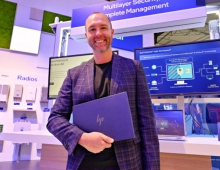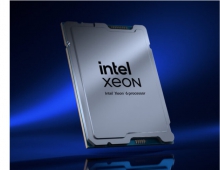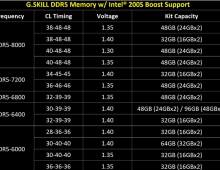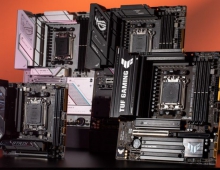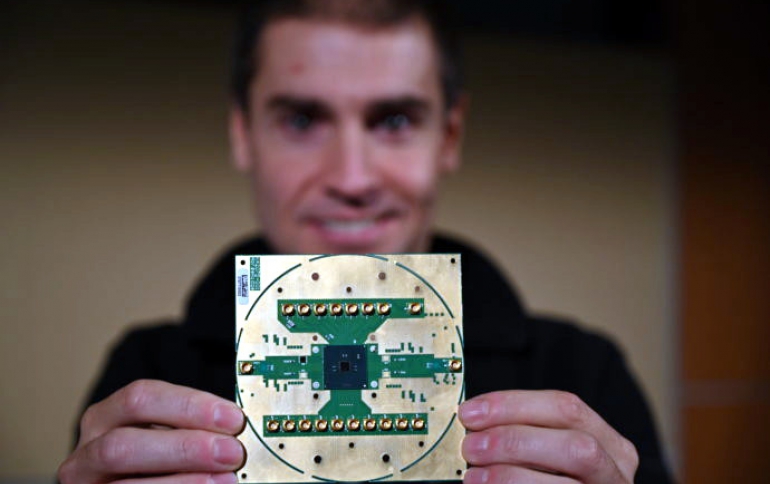
Intel and QuTech Unveil Details of First Cryogenic Quantum Computing Control Chip, ‘Horse Ridge’
Intel Labs, in collaboration with QuTech ‑ a partnership between TU Delft and TNO (Netherlands Organization for Applied Scientific Research) ‑ outlined key technical features of its new cryogenic quantum control chip “Horse Ridge” in a research paper released at the 2020 International Solid-State Circuits Conference (ISSCC) in San Francisco.
The paper unveils key technical capabilities of Horse Ridge that address fundamental challenges in building a quantum system powerful enough to demonstrate quantum practicality: scalability, flexibility and fidelity.
“Today, quantum researchers work with just a small number of qubits, using smaller, custom-designed systems surrounded by complex control and interconnect mechanisms. Intel’s Horse Ridge greatly minimizes this complexity. By systematically working to scale to thousands of qubits required for quantum practicality, we’re continuing to make steady progress toward making commercially viable quantum computing a reality in our future.”
–Jim Clarke, director of quantum hardware, Intel Labs
The quantum research community is at mile one of a marathon toward demonstrating quantum practicality. Applying quantum computing to practical problems hinges on the ability to scale to, and control, thousands of qubits at the same time with high levels of fidelity. Intel says that Horse Ridge simplifies today’s complex control electronics required to operate such a quantum system by using a highly integrated system-on-chip (SoC) for faster setup time, improved qubit performance and efficient scaling to larger qubit counts required for quantum computing to solve practical, real-world applications.
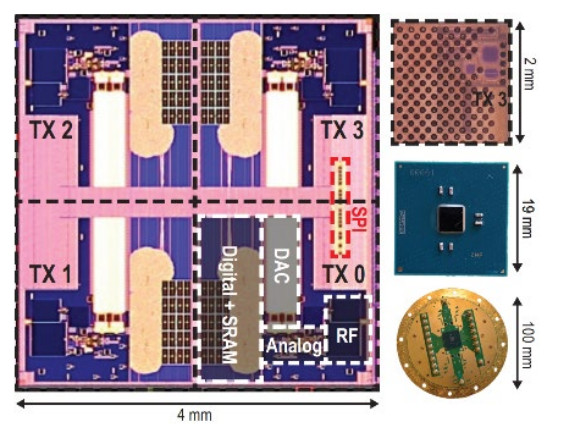
Horse Ridge is a highly integrated, mixed-signal, cryogenic SoCon a 4-by-4 mm2 silicon, implemented on Intel 22nm FFL(FinFET Low Power) CMOS technology. It integrates SRAM, digital core and analog/RF circuity into a single package to manipulate the state of the qubits in a quantum system with microwave pulses.
The SoC features integrated, high-speed digital-to-analog converters and wideband up-converter ranging from 2to 20 GHz.
The amplitude and phase modulation information for pulse shaping (18Gb/s) is stored in on-chip SRAM, allowing envelopes up to 41μs, which are referenced by a look-up table (LUT) that can define 8 instructions perqubit. Leveraging the LUT reduces the required datarate to the controller, which is further reduced to~1Kb/s by the integrated programmable instruction set executed on external trigger with minimal delay between instructions.
Horse Ridge also features four radio frequency (RF) channels in a single device and leverages frequency multiplexing to control up to 128 qubits. Each RF channel uses direct digital synthesis with 32 numerically controlled oscillators to generate each of the 32 multiplexed qubit frequencies with high precision of 200 Hz.

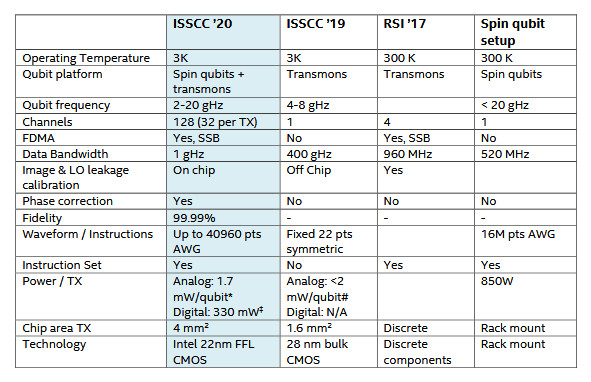
According to the paper, key benefits of Horse Ridge include:
- Reduced form factor (chip and PCB size) and power required to operate quantum systems.
- Ability to scale to and control a larger number of qubits (up to 128 qubits).
- High flexibility in control pulses that can be generated with Horse Ridge reduces crosstalk among qubits with improved overall gate fidelity.
- The device can automatically correct phase shift, which occurs when controlling multiple qubits at different frequencies with the same RF line, with a digital codeword update after each pulse of the control electronics.
Scaling the qubit count comes with challenges in terms of their fidelity and performance. Intel says it optimized the multiplexing technology and reduced errors from phase shift, which means that crosstalk between qubit occurs due to the controlling of the qubits at different frequencies. To that end, each frequency can be “tuned” to high precision, automatically correcting for phase shift.
Horse Ridge’s flexibility lies in its ability to cover a wide frequency range. This allows the chip to control both types of qubits that Intel is researching: superconducting qubits (transmons) and spin qubits. The former typically operate at 6 to 7GHz, while spin qubits operate at 13 to 20GHz, according to Intel.
Intel is exploring silicon spin qubits, which have the potential to operate at temperatures as high as 1 kelvin. This research paves the way for integrating silicon spin qubit devices and the cryogenic controls of Horse Ridge to create a solution that delivers the qubits and controls in one streamlined package.



